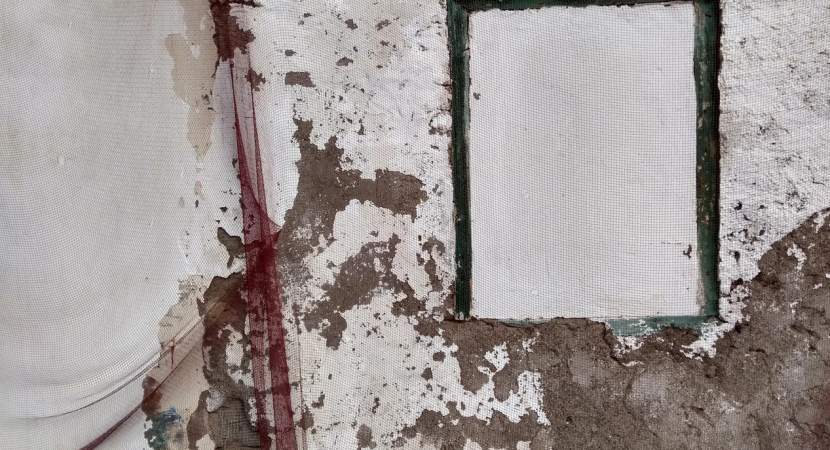Last Updated on
The first emotion that strikes homeowners when they suspect they have black mold in their homes is panic. It is not only ugly but hazardous to health. In fact, a common question many people have on their minds is just how toxic black mold is. They also wonder how much money they’ll have to spend on mold removal and whether they might have to move out and sell their home altogether. However, there is no need to panic. The first step to solving any problem is first understanding it. So, let’s take some time to understand black mold.
What Is Black Mold and Why Is It So Bad?
Black mold, scientifically known as Stachybotrys chartarum is a common mold that grows indoors in dark and humid areas of the home. It releases its spores into the surrounding air and humans can inhale these spores or even absorb them through the skin. That way, they transport it to other areas of the house.
Black mold is toxic for a variety of reasons. For starter, it can cause a range of respiratory issues, such as sneezing, coughing, an itchy and sore throat and itchy eyes that water easily. The health consequences get more severe with further exposure.
It has been known to be especially harmful to infants, with some studies showing it increased their chances of developing asthma later in life. It has also been linked to various mental and neurological disorders. This is a toxin you do not want in your home.
What Are Signs and Symptoms of Black Mold?
Musty Smell
Mold has a unique smell that is earthy, pungent and musty. You can smell it easily, even if you cannot see it. You will likely find it hiding under wallpaper, tiles and plastering. Sometimes, you might have trouble smelling it yourself because you have become accustomed to the smells in your own home. Call a friend, relative or neighbor over and ask him or her if anything smells strange.
Dark Spots and Rings
This is one of the earliest signs of mold in your home. You will see black spots and rings, especially near the upper parts of your walls and the ceilings. These spots may or may not be mold, but they usually indicate pooling water, and that is the perfect breeding ground for mold.
If you do see such spots and rings, clean them up using disinfectants. If it’s in an inaccessible area, then call over a mold inspector to do it. They should also check the rest of the house for other spots with water damage.
Irritation in Your Respiratory System
This isn’t a clear sign on its own as it could be anything. However, if it comes at the same time as the other signs, then it might be an indicator of the mold. Usually, you’ll experience sneezing, itchiness in the skin and eyes, coughing and headaches. Although these symptoms could be an indication of allergies, these are also signs of issues related to mold. If these symptoms come with the other signs on this list, you should call a mold remediation expert to check for black mold and clean it right away.
Odd Colors and Visible Growths
In the late stage of black mold invasion, you will see visible growth. Not all black mold is black, however. Sometimes, there can be variations in the color and texture. It could be furry and brown or simply a black spot. It could also be orange, green and even white. Whatever the color, call an expert and get it removed immediately. Whatever you do, do not try to get rid of the mold yourself as it’s likely to come back because you didn’t clean it thoroughly enough. A trained professional will do the job better so that it does not come back. They will even teach you how to prevent infection in the future.
Read more about identifying damp at home.


Reply